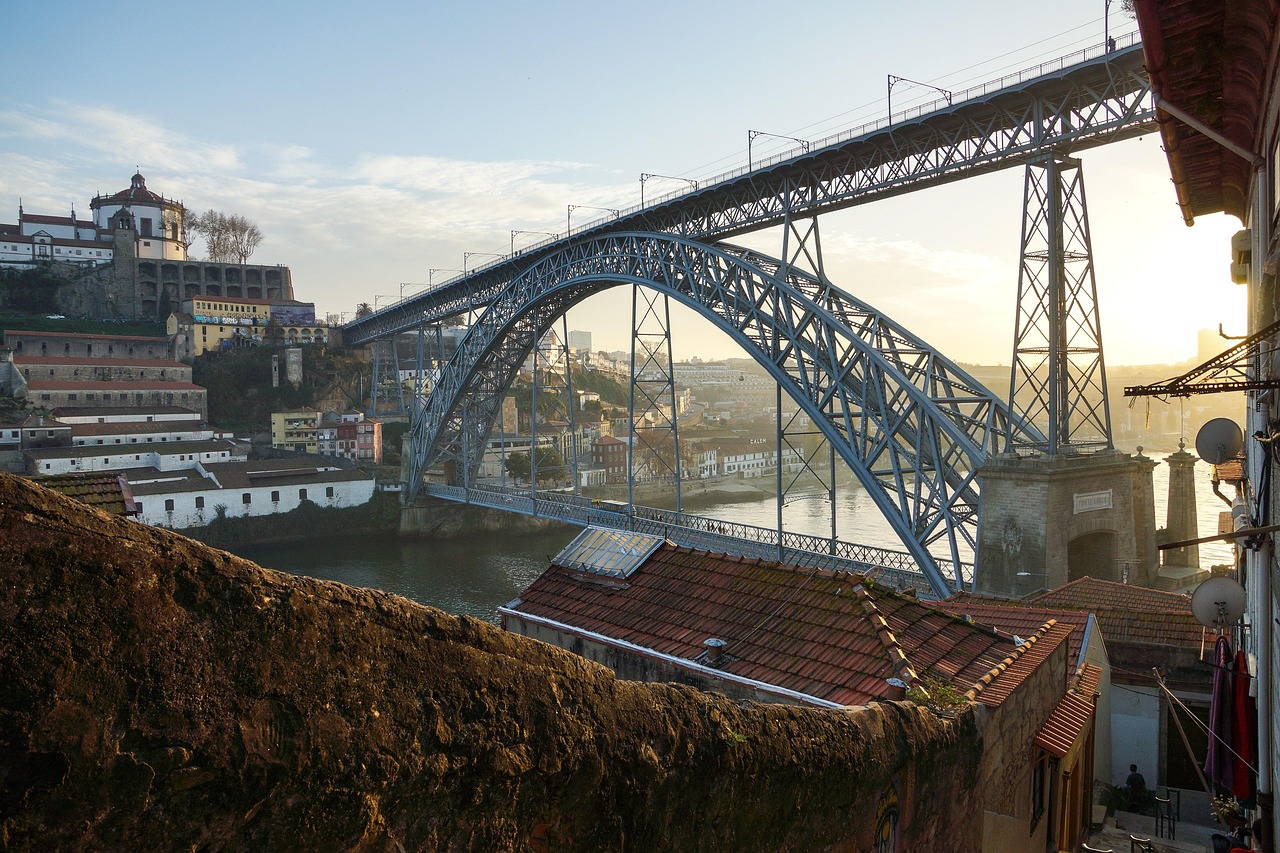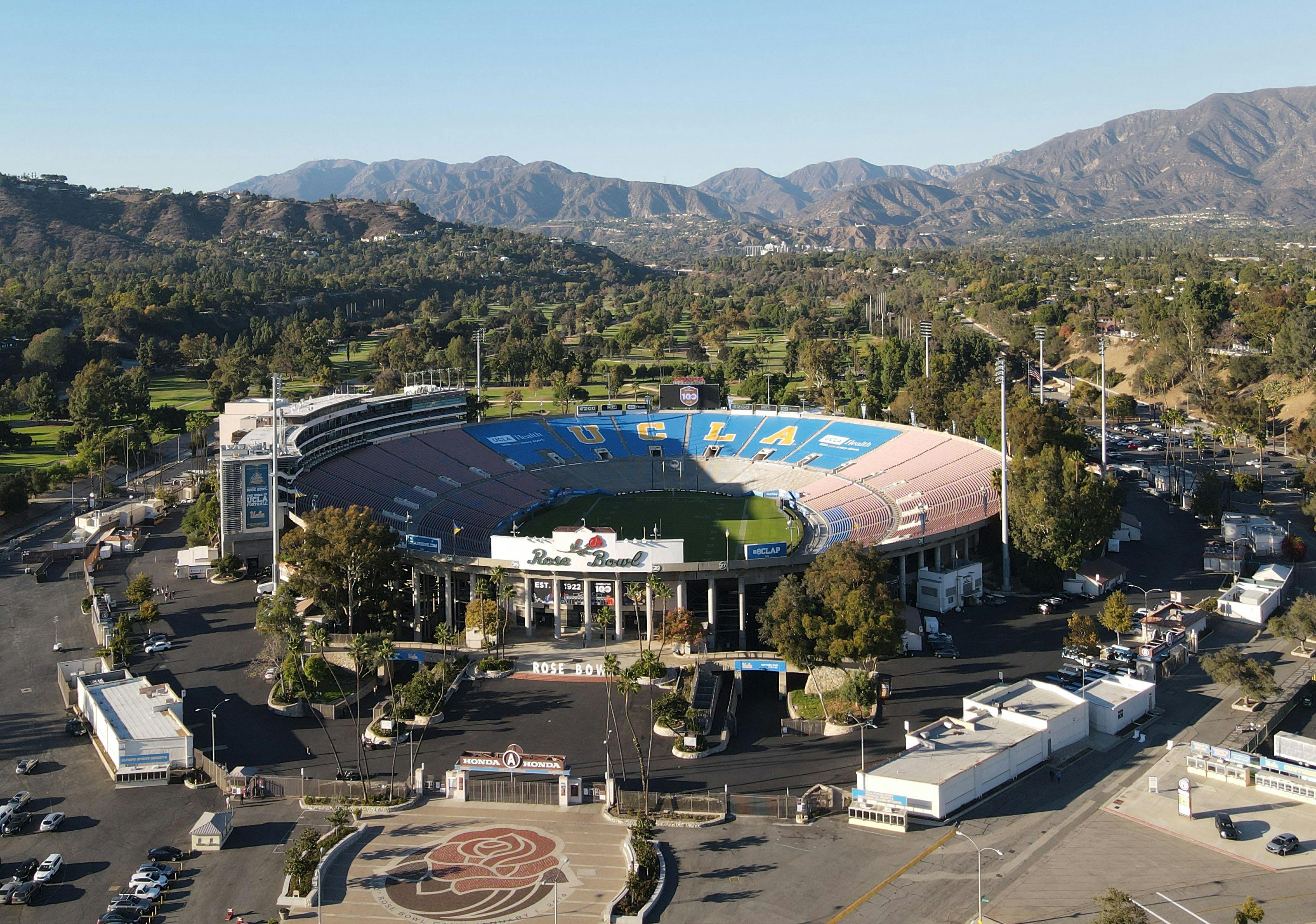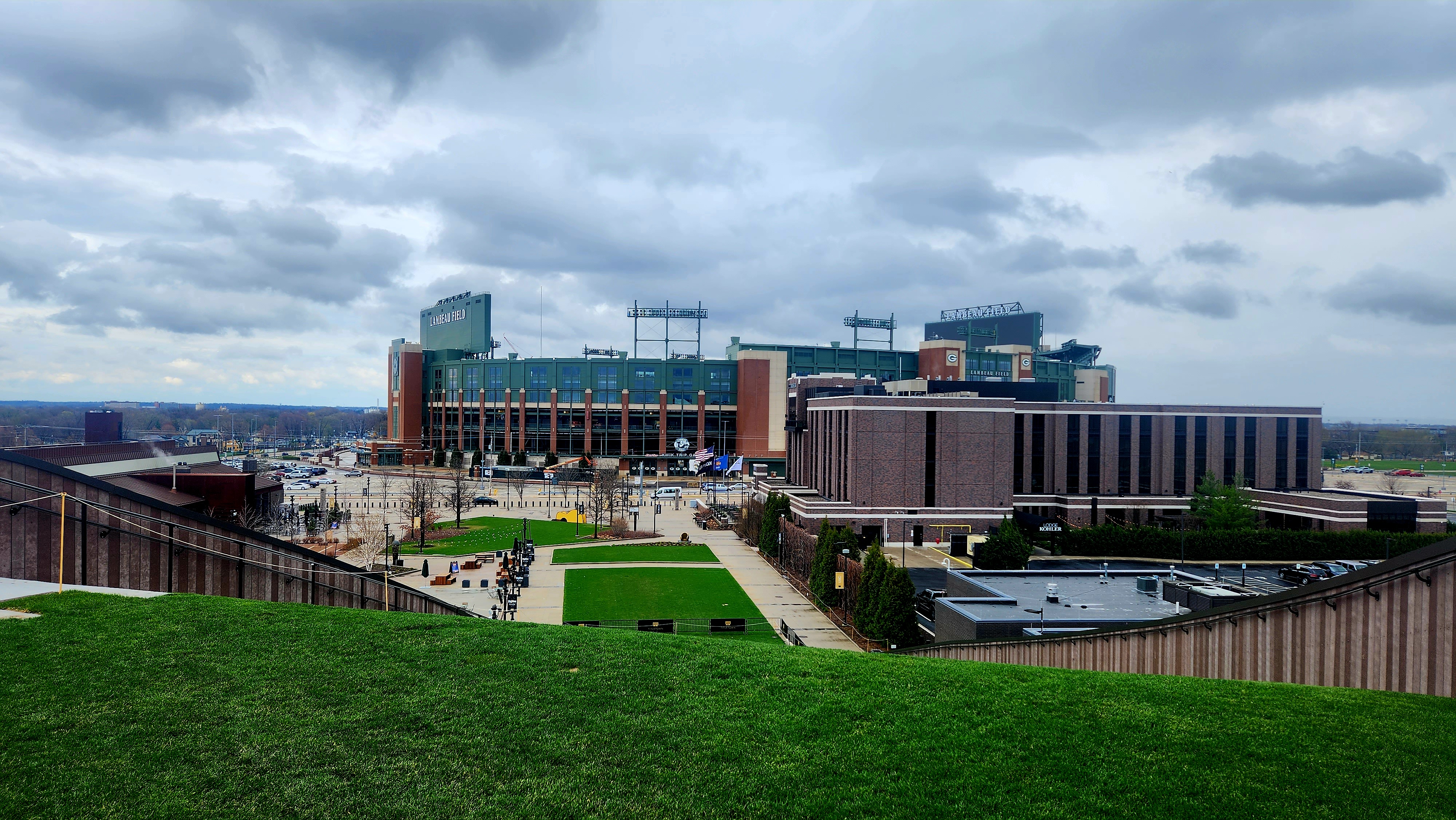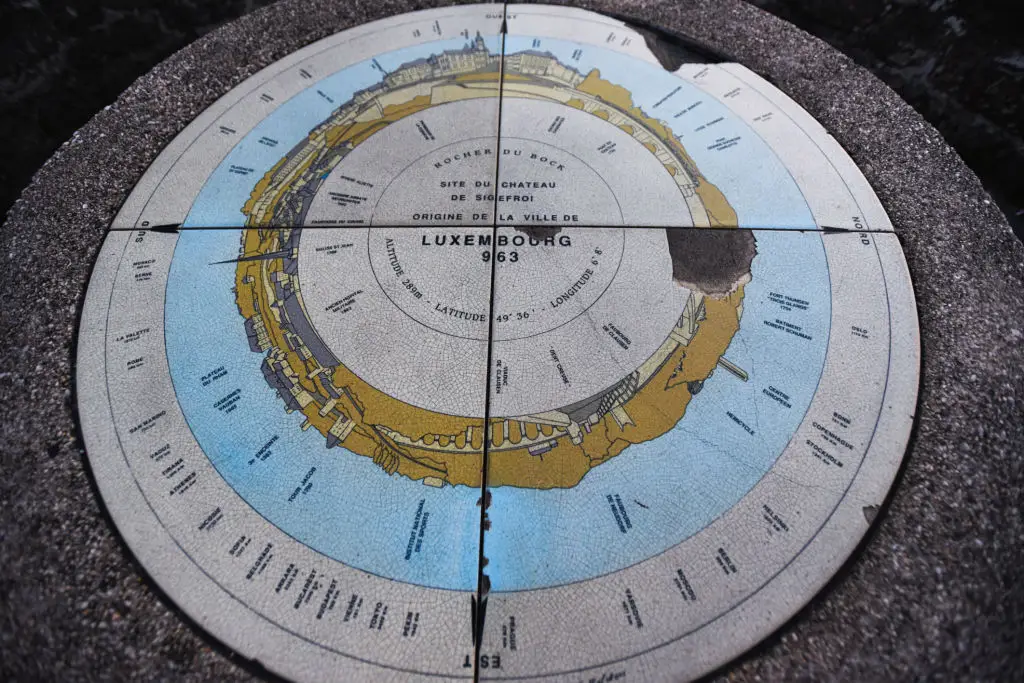11 New Stadiums Changing the Way We Watch Sports
Stadiums have always been cathedrals of competition—but today’s newest arenas are so much more. Across the globe, a new generation of stadiums is redefining what it means to be a fan, fusing cutting-edge technology, sustainability, and immersive design to create unforgettable live experiences. These venues aren’t just places to watch a game; they’re platforms for storytelling, community-building, and innovation. From Europe to Asia and the Americas, these 11 completed stadiums exemplify the future of sports viewership—today.
1. Tottenham Hotspur Stadium – London, England (Opened 2019)
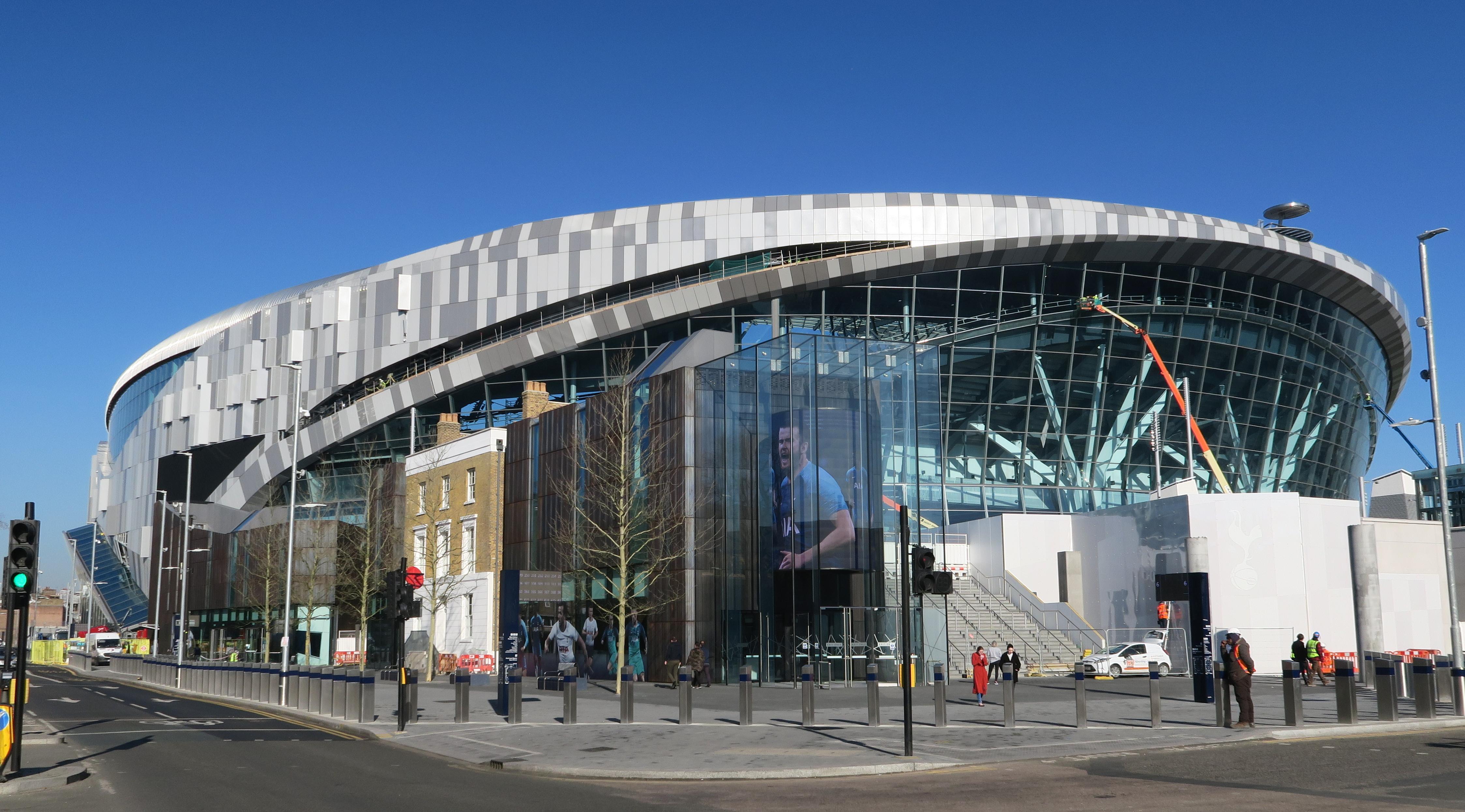
Tottenham Hotspur Stadium isn’t just one of the most technologically advanced stadiums in the world—it’s a glimpse into the future of multi-sport entertainment venues. Opened in 2019 with a staggering $1.2 billion price tag, the stadium was purpose-built with dual functionality in mind. Its retractable grass pitch sits atop an artificial NFL-grade surface, allowing it to seamlessly switch between Premier League football and American football within hours. This versatility has made it a key hub for international sports events and concerts alike. The stadium also boasts the world’s first in-house stadium microbrewery, which can produce over 1 million pints a year, paired with a 65-meter-long Goal Line Bar—the longest in Europe. With ultra-high-definition jumbotrons, app-connected experiences, real-time stat integration, and sustainable energy systems, including smart ventilation and heat recovery, the stadium delivers not only entertainment but also environmental responsibility. For fans, it’s an immersive experience from entry to exit; for the industry, it’s a case study in what the modern stadium should be.
2. Allegiant Stadium – Las Vegas, USA (Opened 2020)

Nicknamed “The Death Star” for its sleek, all-black façade and futuristic design, Allegiant Stadium redefines spectacle in the heart of Las Vegas. Built at a cost of $1.9 billion, this domed arena hosts the NFL’s Las Vegas Raiders and the UNLV Rebels and has quickly become a landmark for sports and entertainment on the Strip. Allegiant combines glamour with grit: a translucent roof fills the venue with natural light, while full climate control keeps fans comfortable in the desert heat. Designed with 5G throughout and packed with immersive LED ribbons and towering video boards, it offers fans a hyper-connected experience. Luxury is front and center too, with over 120 suites, VIP lounges with Strip views, and digital ordering systems. What truly sets it apart, though, is its sustainability profile: it’s powered by 100% renewable energy and maintains carbon neutrality. Allegiant Stadium is not only a temple for football but also a bold statement in eco-luxury sports architecture.
3. Education City Stadium – Al Rayyan, Qatar (Opened 2020)
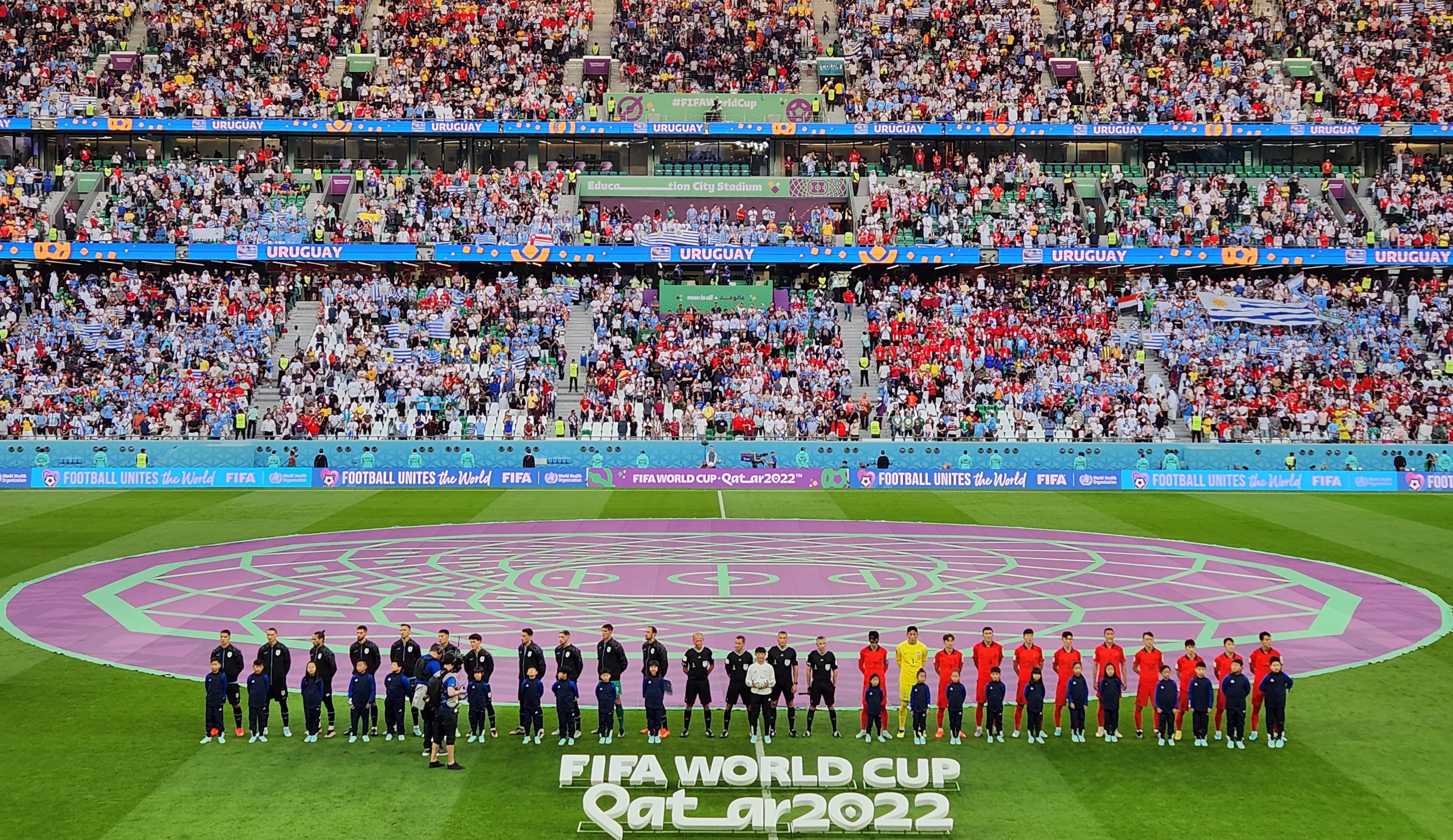
Often referred to as the “Diamond in the Desert,” Education City Stadium combines futuristic design with cutting-edge sustainability, earning it a prominent place during the 2022 FIFA World Cup. Located in Qatar’s education and research hub, this venue embodies innovation in every detail. With a 45,000-seat capacity, it features a modular design that allows the upper tier to be dismantled and donated after major events, making it an exemplary model of post-event adaptability. It’s equipped with advanced cooling systems that maintain optimal comfort despite Qatar’s intense heat, using solar-powered chillers and energy-efficient architecture. Inside, the stadium is designed for inclusivity with sensory rooms, assistive listening devices, and accessible seating throughout. Its shimmering geometric façade reflects sunlight during the day and glows at night, symbolizing Qatar’s forward-thinking vision. As part of a university district, it’s also used as a venue for student and local events, proving stadiums can be more than monuments—they can be living parts of the community.
4. SoFi Stadium – Inglewood, USA (Opened 2020)

SoFi Stadium isn't just the most expensive stadium ever built—it’s a digitally immersive ecosystem crafted to push the boundaries of fan experience. At $5.5 billion, this architectural giant is home to both the Los Angeles Rams and Chargers and sits at the heart of a massive entertainment district just minutes from LAX. Its crown jewel is the Oculus—an enormous, 120-yard-long, dual-sided, 4K video board that hangs from the roof and is visible from every seat in the house. The roof itself is a marvel: a translucent canopy with embedded LED lighting and open-air walls that allow for natural airflow while protecting against the elements. Fans enjoy high-speed Wi-Fi, app-based navigation, mobile concessions ordering, and AR-enhanced interactions throughout the venue. SoFi is also future-proofed—it’s set to host events from the 2026 FIFA World Cup and the 2028 Summer Olympics. Whether you're attending a concert, game, or festival, SoFi transforms every experience into an ultra-modern spectacle with seamless connectivity and luxury-grade comfort.
5. Al Bayt Stadium – Al Khor, Qatar (Opened 2021)
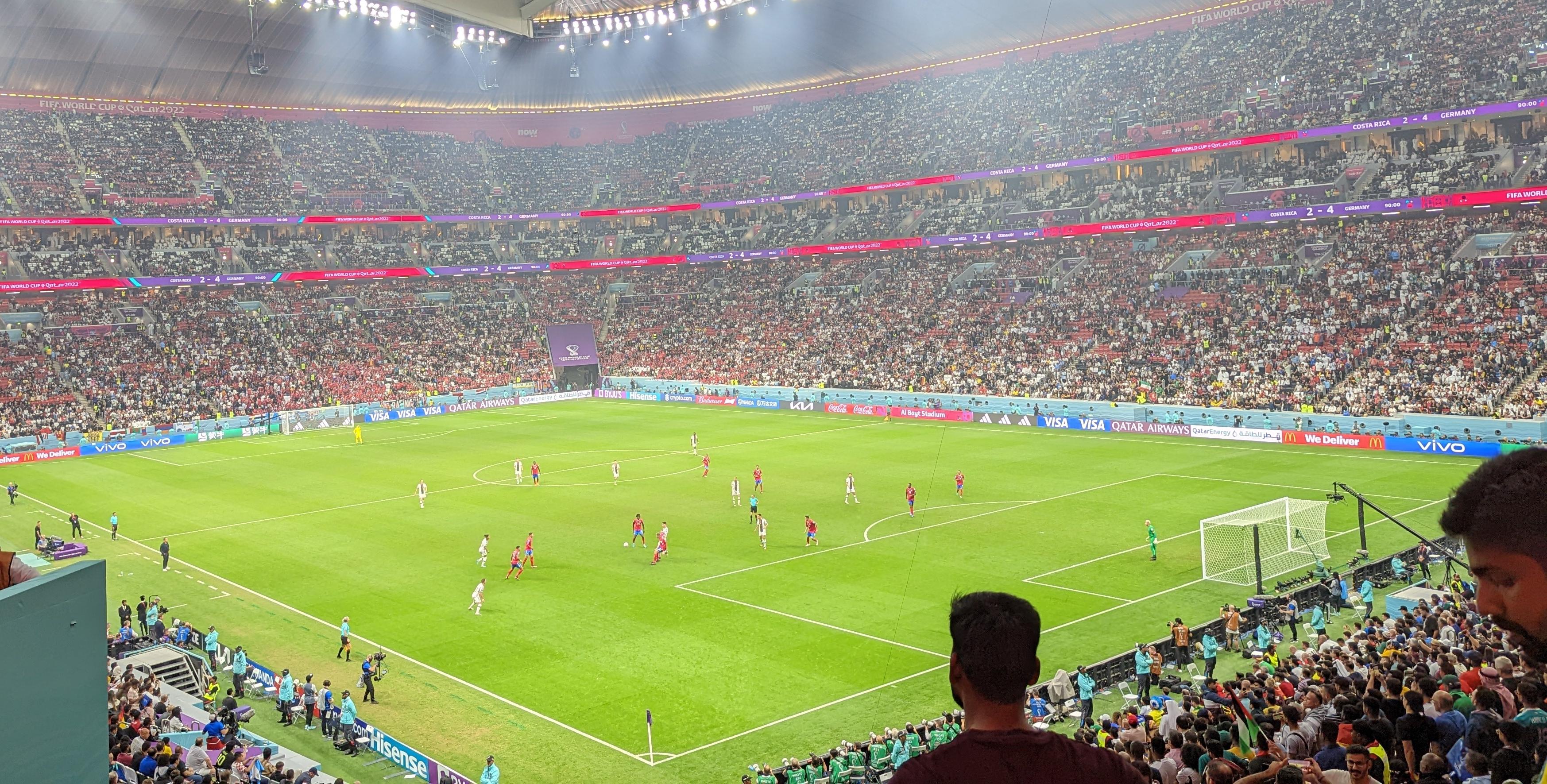
Inspired by traditional Bedouin tents, Al Bayt Stadium is a cultural homage wrapped in architectural excellence. Opened for the 2022 FIFA World Cup, this 60,000-seat stadium marries heritage with modernity. The tent-like exterior isn't just aesthetic—it helps shield the stadium from desert heat while symbolizing hospitality, a core tenet of Qatari culture. Inside, a massive retractable roof and advanced cooling systems ensure year-round comfort. It’s the only stadium in the world shaped like a nomadic shelter yet built to FIFA’s highest standards. Its upper seating bowl was designed with modularity in mind, intended for future repurposing as a smaller venue and for donating sections to developing nations. Al Bayt also boasts smart energy systems, solar power capabilities, and a LEED certification for environmental stewardship. With panoramic hospitality boxes, LED mood lighting, and immersive crowd acoustics, it creates an atmosphere as grand as its exterior silhouette. Al Bayt is more than a stadium—it’s an architectural tribute with a global conscience.
6. Estadio BBVA – Monterrey, Mexico (Opened 2015)
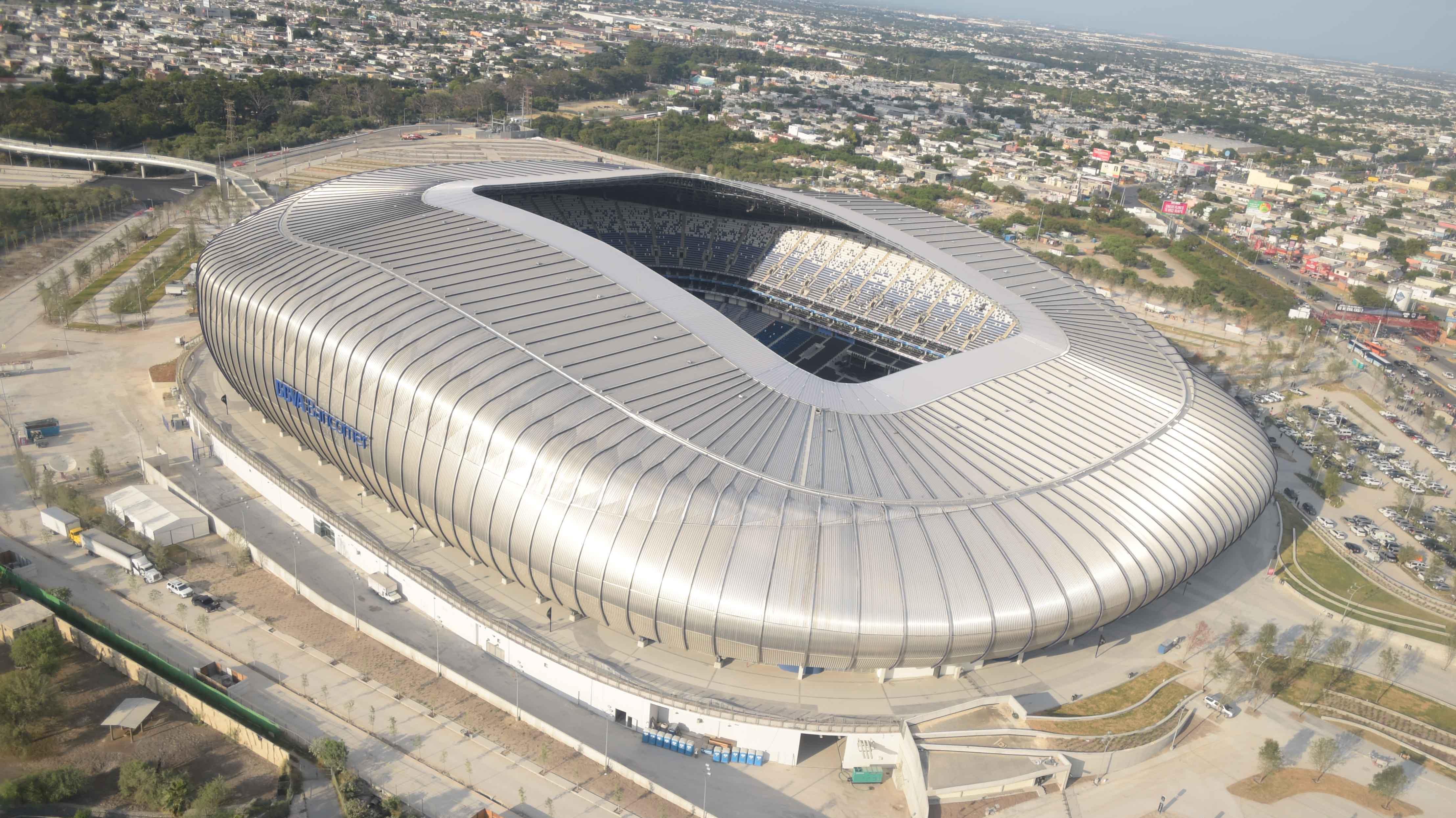
Estadio BBVA, often hailed as one of the most beautiful stadiums in Latin America, is a shining example of eco-conscious design and fan-first architecture. Opened in 2015 and nicknamed “El Gigante de Acero,” this steel-clad stadium houses 53,000 fans and offers jaw-dropping views of the surrounding Cerro de la Silla mountain. The stadium is environmentally progressive—built with natural airflow in mind, it minimizes energy use through passive ventilation, native landscaping, and a sophisticated rainwater harvesting system used for irrigation and sanitation. It's also the first stadium in Mexico to receive LEED Silver certification. Estadio BBVA was designed with modern Mexican identity in mind, using open-air concourses, shaded social spaces, and locally sourced materials. Home to CF Monterrey and a host site for the 2026 FIFA World Cup, it includes high-tech LED boards, corporate boxes, and integrated fan zones that promote interaction. With its blend of sustainability, scenic beauty, and world-class amenities, it sets a new standard for stadiums in Latin America.
7. Baku Olympic Stadium – Baku, Azerbaijan (Opened 2015)
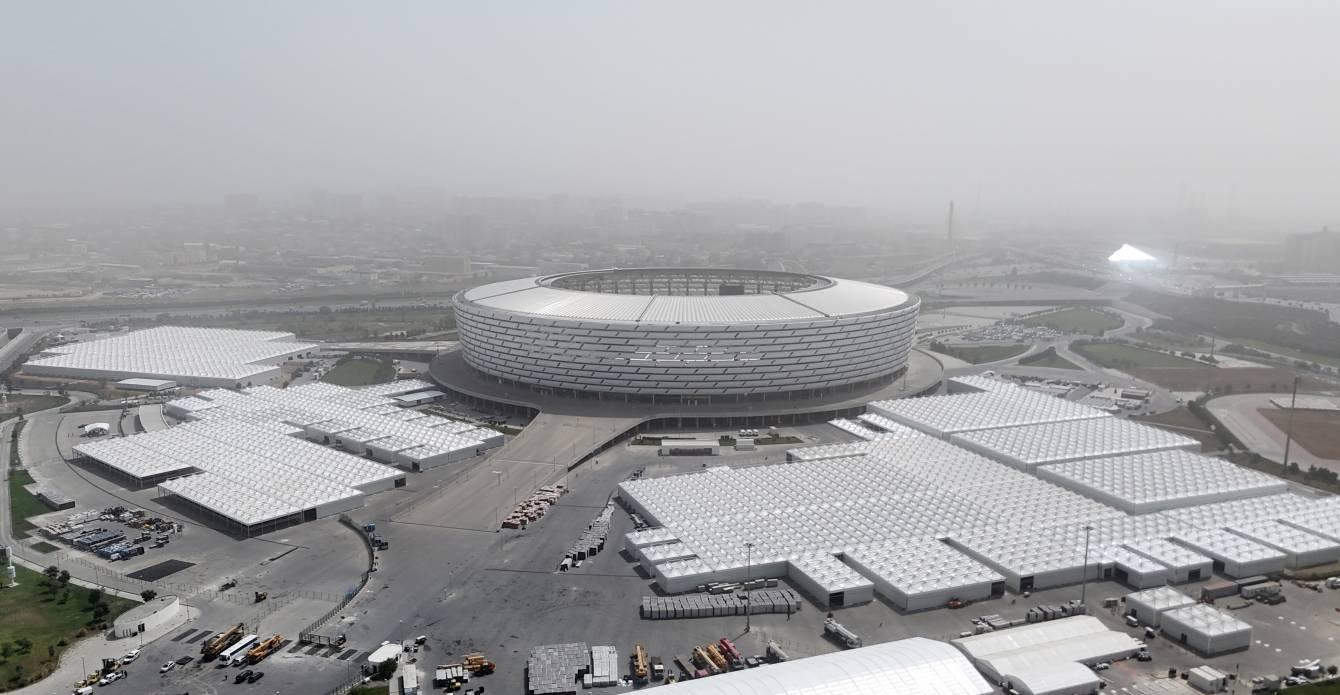
Constructed for the inaugural European Games and now the largest stadium in Azerbaijan, the Baku Olympic Stadium is a gleaming example of futuristic architecture meeting multi-functional versatility. With a seating capacity of 68,000, this state-of-the-art venue has become a major player on the global sports stage, hosting UEFA Euro 2020 matches, major athletics championships, and concerts. Its most visually striking feature is the LED-lit exterior façade—an elliptical structure made of translucent fiberglass panels that can be illuminated with programmable lighting schemes, transforming the venue into a glowing beacon visible across the Baku skyline. Beyond aesthetics, the stadium is designed with sustainability in mind: a sophisticated water conservation system recycles rainwater for irrigation, while solar panels help reduce energy consumption. Inside, fans benefit from high-definition jumbotrons, dedicated fan zones, and a digital infrastructure capable of supporting live social media integration and app-based experiences. Baku Olympic Stadium is more than a venue—it’s Azerbaijan’s bold statement of global sporting ambition and environmental mindfulness.
8. Arena MRV – Belo Horizonte, Brazil (Opened 2023)
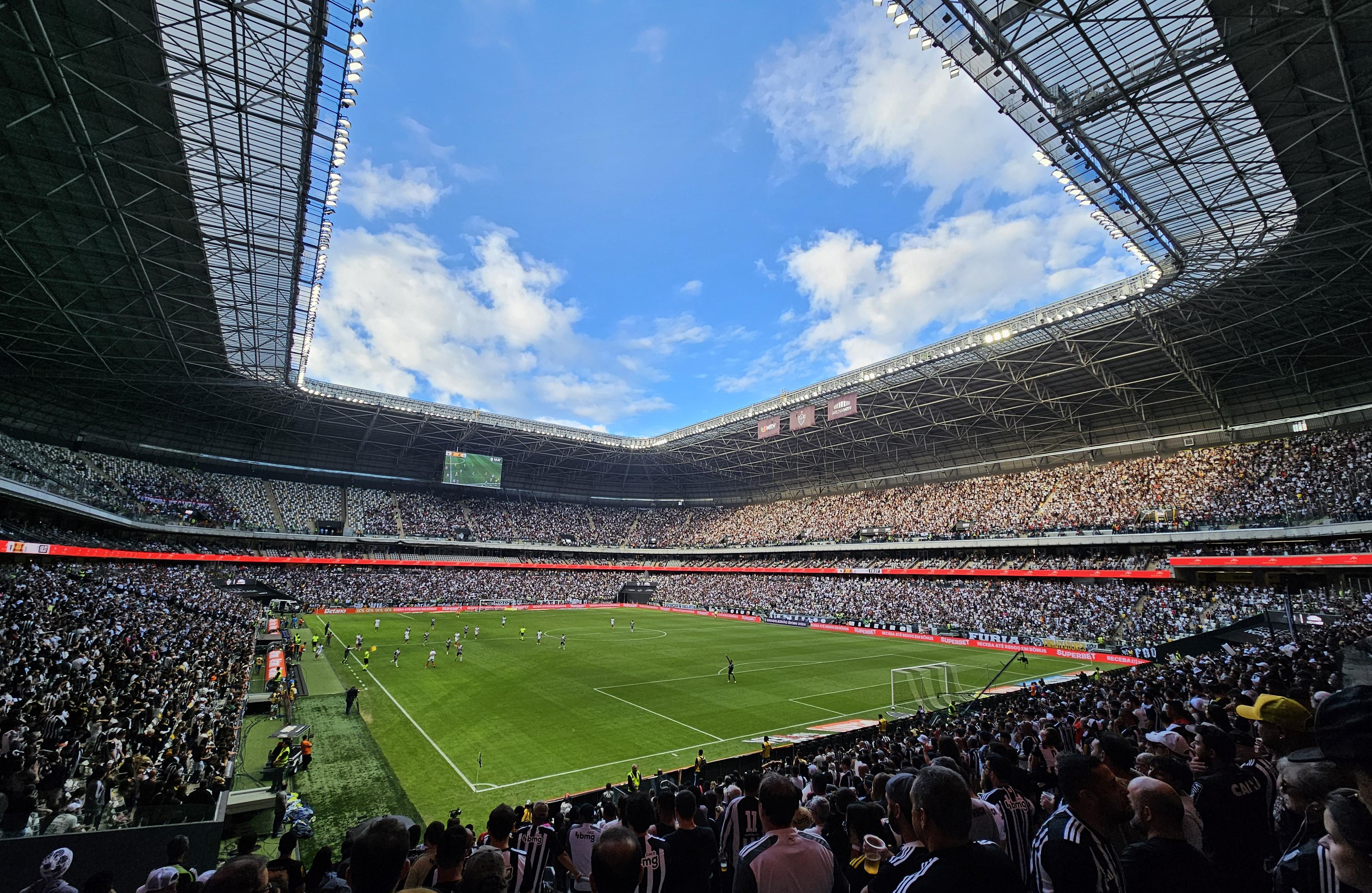
Brazil’s Arena MRV represents the cutting edge of South American sports infrastructure, setting a new benchmark for what a modern football stadium can offer. As the new home of Atlético Mineiro, this sleek, tech-driven venue was built with innovation and fan inclusivity as guiding principles. Facial recognition turnstiles enable seamless entry, while solar panel systems on the roof contribute to powering the stadium sustainably—an important step in making Brazilian football more environmentally conscious. Even more futuristic is the use of a “digital twin,” a real-time virtual replica of the stadium that allows engineers to monitor operations, predict maintenance needs, and improve fan services. With a capacity of 46,000, Arena MRV also features sensory-inclusive viewing areas for neurodivergent fans, spacious concourses, and carefully engineered sightlines to maximize the live match experience. Smart lighting, acoustic optimization, and vibrant digital displays elevate both sporting and cultural events held at the venue. Arena MRV isn’t just Brazil’s newest stadium—it’s a symbol of how tradition and technology can merge to serve the modern sports community.
9. National Stadium – Tokyo, Japan (Opened 2019)
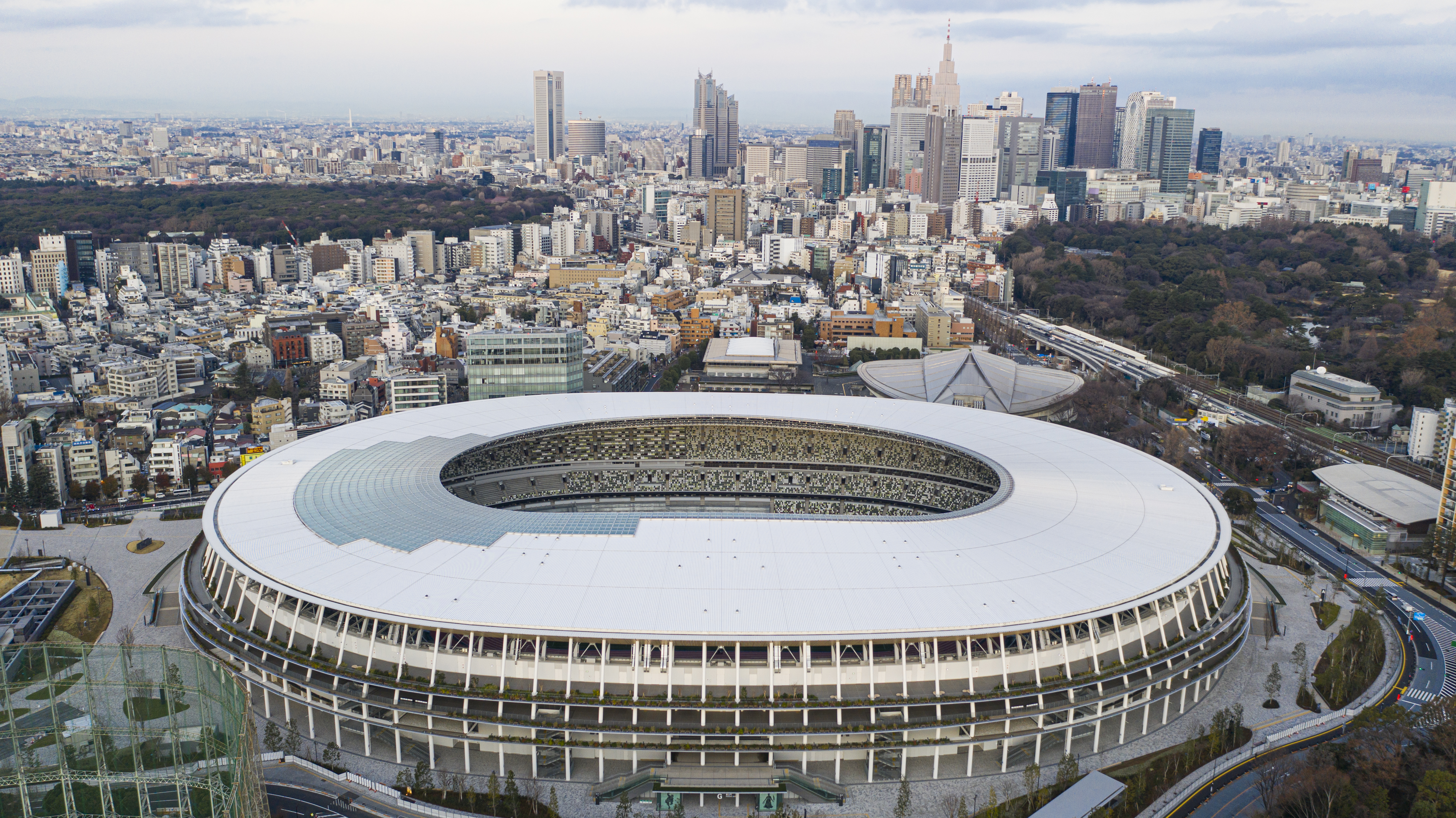
Built for the Tokyo 2020 Olympics, Japan’s National Stadium is a masterclass in combining futuristic design with deep cultural reverence. Designed by renowned architect Kengo Kuma, the 68,000-seat stadium incorporates natural materials—including cedar and larch wood from all 47 Japanese prefectures—into its structure, creating a warm, organic aesthetic rarely seen in mega-arenas. The layered wooden eaves and open-air concourses mirror traditional Japanese temple architecture, offering a serene visual experience that blends harmoniously with the surrounding parklands. Sustainability is woven into the stadium’s DNA: passive ventilation systems keep air circulating without the need for mechanical cooling, while its “living roof” features native plant species that absorb rainwater and mitigate urban heat. The stadium also offers a variety of accessibility features, including tactile maps, voice-guided signage, and inclusive seating layouts. Though subtle in its technological integration, the stadium is wired for 5G connectivity and augmented broadcast support, allowing broadcasters and fans to experience the venue in entirely new ways. This is a space where design meets philosophy, honoring nature, community, and innovation in equal measure.
10. Singapore National Stadium – Singapore (Opened 2014)

Singapore’s National Stadium is a marvel of engineering and adaptability, boasting the world’s largest free-spanning dome and a multi-sport capacity that is almost unrivaled. The centerpiece of the Singapore Sports Hub, this 55,000-seat venue was designed for seamless transformation, capable of hosting everything from football and rugby to athletics and large-scale concerts. Its retractable roof can open or close in 20 minutes, while the stadium’s seating is fully modular—automatically adjusting to suit the dimensions of different sports or event formats. Climate control is another of its triumphs; a powerful yet energy-efficient air-cooling system maintains a comfortable temperature of 23°C, even during Singapore’s sweltering heat. The fan experience is equally innovative: augmented reality projection mapping during live events and pre-show experiences allow spectators to interact with digital content layered over the physical space. Meanwhile, integrated smart lighting and acoustics create a fully immersive environment. It’s a futuristic stadium that acts as both a national stage and a regional magnet for international events, combining cutting-edge tech with thoughtful urban planning.
11. Groupama Stadium – Lyon, France (Opened 2016)

Located in Décines-Charpieu near Lyon, Groupama Stadium—also known as Parc Olympique Lyonnais—is one of Europe’s most advanced multi-use venues, and a cornerstone of France’s future-forward sports infrastructure. Opened in 2016 with a capacity of 59,000, it is the home ground for Olympique Lyonnais but was also built to host a variety of large-scale events including rugby, concerts, and even esports tournaments. The stadium is equipped with a robust 4G network and Wi-Fi coverage, enabling high-speed mobile interaction for all visitors. Fans can use integrated apps to access real-time match stats, order concessions, navigate the venue, or buy merchandise directly from their seats. Sustainability was a key design component, with water recycling systems, solar panels, and LED lighting throughout. The surrounding OL Valley includes hotels, restaurants, and a training academy, making it a year-round entertainment and business hub. In addition to hosting UEFA Euro 2016 matches, it was selected as one of the venues for the 2023 Rugby World Cup and the 2024 Paris Olympics. Groupama Stadium demonstrates how tech-savvy design, community integration, and sporting passion can converge to create a model for the modern stadium.
Where Innovation Meets the Fans
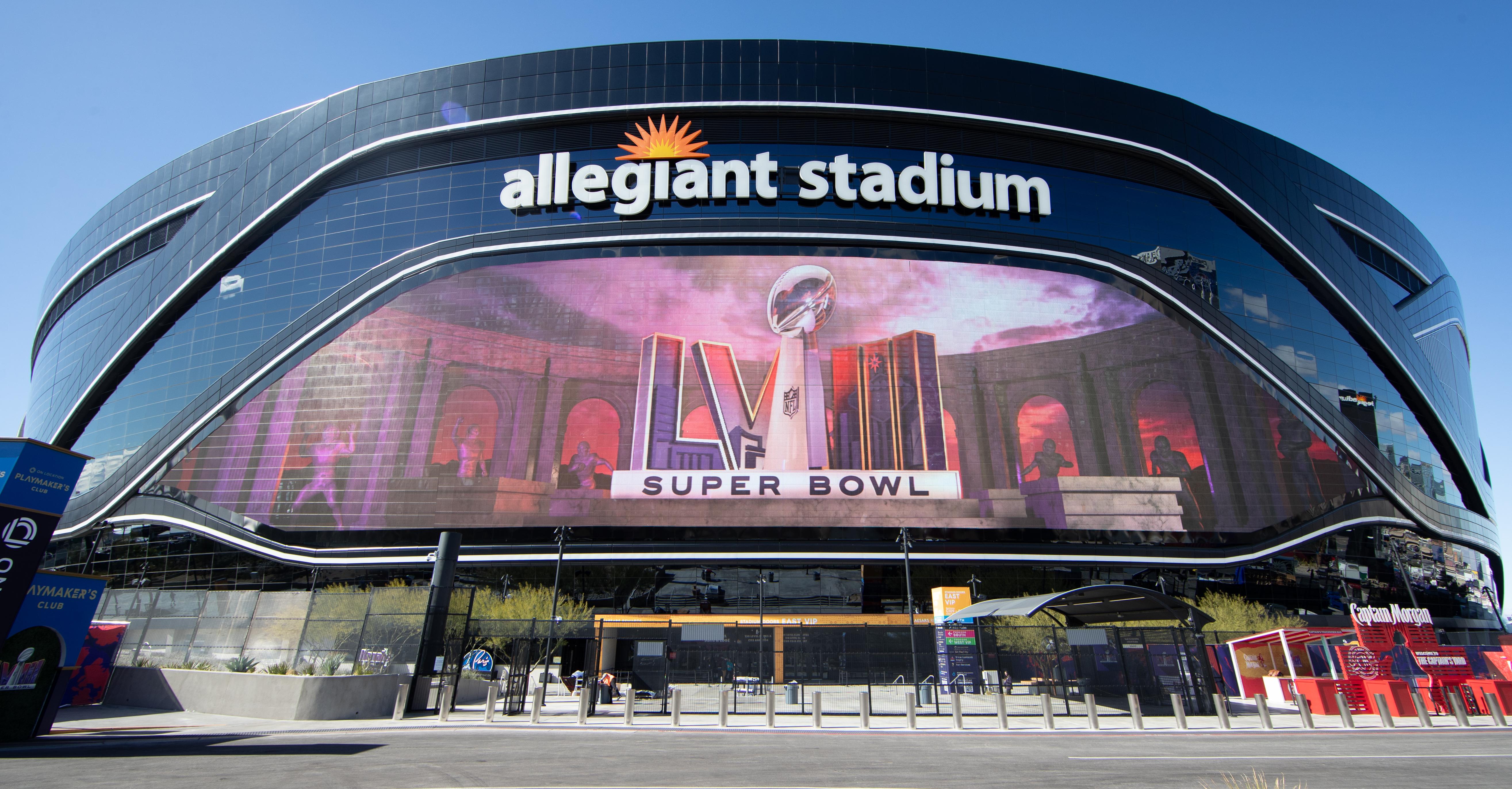
These 11 young stadiums are more than feats of engineering—they’re living, breathing testaments to the changing nature of sports viewership. With their emphasis on immersive technology, green design, and community connection, they prove that the future of sports isn’t just on the field—it’s in the stands, on the app, and in every carefully crafted experience. As global fan expectations evolve, these stadiums are already ahead of the game. Would you cheer from the Oculus at SoFi or sip a craft brew in Tottenham’s Sky Lounge? One thing’s for sure—this is just the beginning of a new era in live sports.


